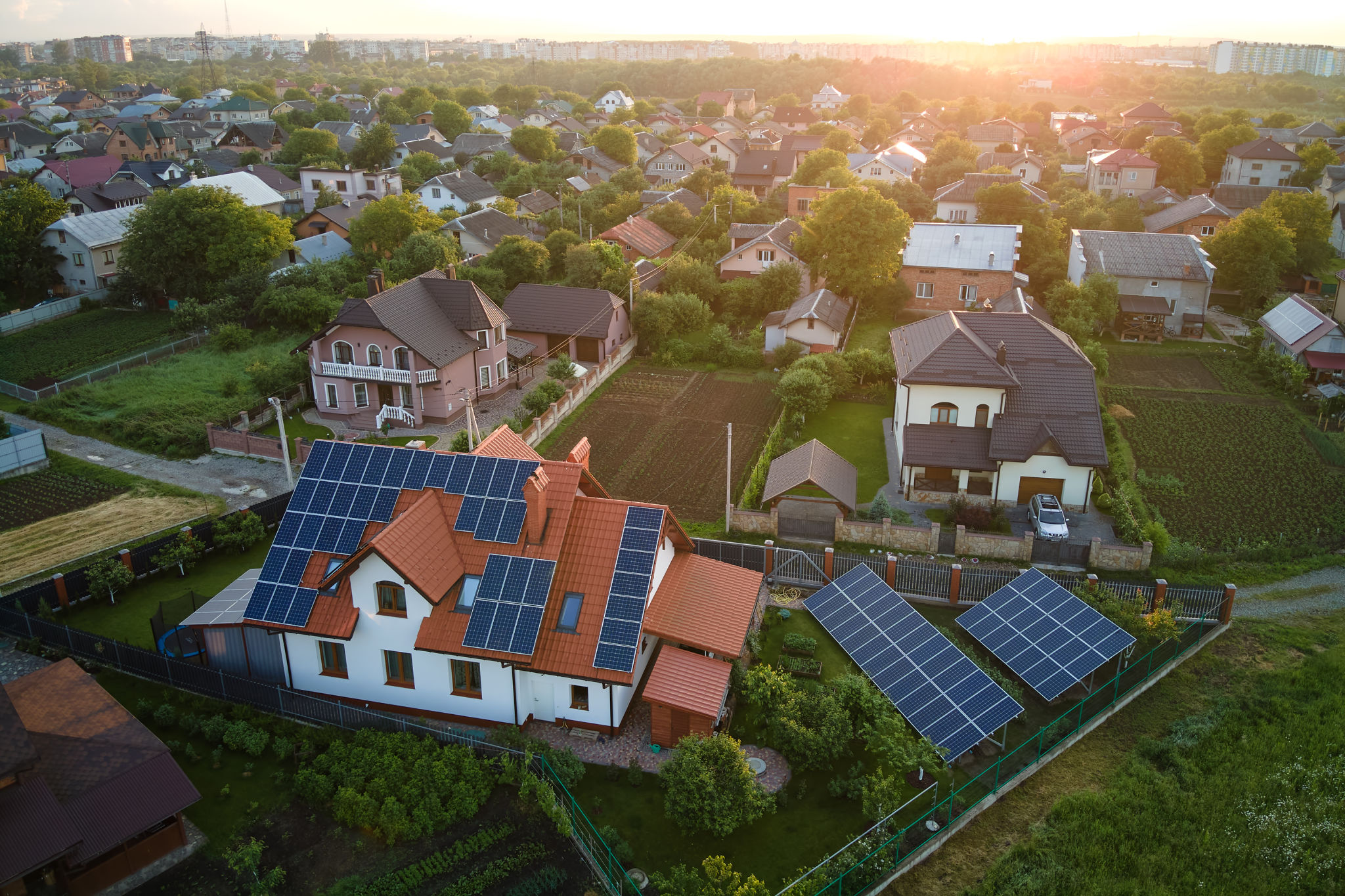Expert Insights: The Future of Community Energy Projects in Australia
Understanding Community Energy Projects
Community energy projects in Australia are collaborative initiatives where local communities develop, own, and benefit from renewable energy systems. These projects are gaining momentum as they empower communities to take control of their energy needs and contribute to a sustainable future. By utilizing locally available resources, such as solar, wind, or biomass, these projects offer a decentralized approach to energy production.
The primary goal of community energy projects is to reduce reliance on fossil fuels and decrease carbon emissions. By harnessing renewable resources, these projects not only help mitigate climate change but also offer economic benefits to the local community. The financial returns from these projects can be reinvested into the community for further development and sustainability efforts.

The Current Landscape in Australia
Australia has seen a surge in community energy projects over the recent years. With abundant sunshine and vast landscapes suitable for wind farms, the country is well-positioned to become a leader in renewable energy. State governments have started recognizing the importance of these projects and are offering support through grants and policy incentives.
Despite the progress, there are challenges that need addressing. Regulatory hurdles, initial funding requirements, and grid connectivity issues can delay the implementation of community energy projects. However, with growing awareness and support from both government and private sectors, these challenges are being gradually overcome.

Key Drivers of Growth
Several factors are driving the growth of community energy projects in Australia. First, there is a strong desire among communities to become more sustainable and independent when it comes to energy. Additionally, advancements in technology have made renewable energy systems more efficient and affordable than ever before.
Another significant driver is the increasing cost of traditional energy sources. Rising electricity prices have encouraged communities to explore alternative options that offer long-term savings. Moreover, community energy projects often foster a sense of unity and engagement among residents, as they work together towards a common goal.

The Role of Technology
Technology plays a crucial role in the evolution of community energy projects. Innovations in battery storage solutions have made it possible for communities to store excess energy generated during peak production times. This stored energy can then be used during periods of low production or high demand, ensuring a consistent energy supply.
Moreover, smart grid technology allows for better management and distribution of energy within the community. By monitoring and optimizing energy usage, communities can reduce wastage and improve efficiency. These technological advancements are essential in making community energy projects more viable and attractive.
The Future Outlook
The future of community energy projects in Australia looks promising. As the nation moves towards its renewable energy targets, these projects will play a pivotal role in achieving sustainability goals. More communities are expected to embrace this model as awareness continues to spread.
In conclusion, community energy projects represent a significant shift towards localized and sustainable energy solutions in Australia. With continued support and innovation, these projects have the potential to transform the country's energy landscape, providing environmental, economic, and social benefits for generations to come.
